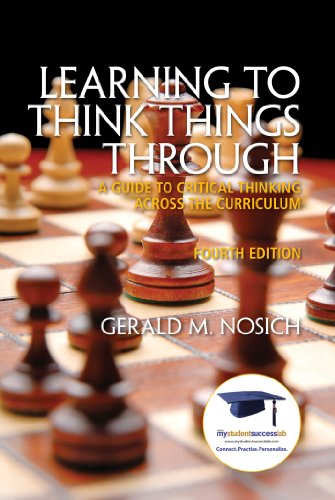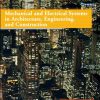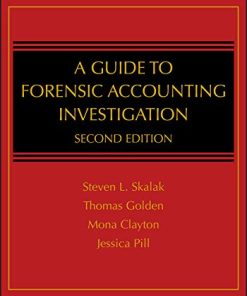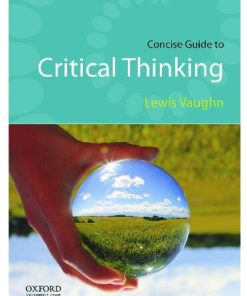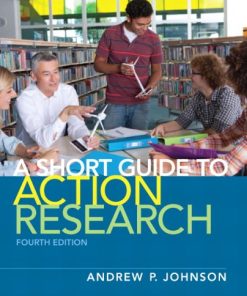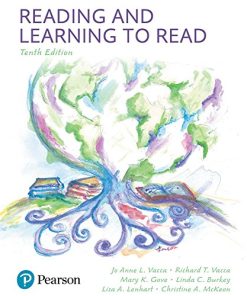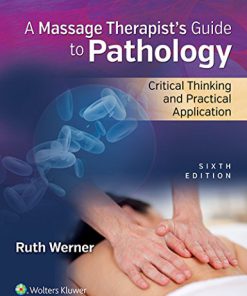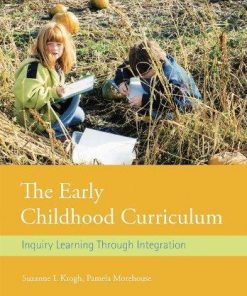Learning to Think Things Through: A Guide to Critical Thinking Across the Curriculum – Ebook PDF Version
$50.00 Original price was: $50.00.$25.00Current price is: $25.00.
Learning to Think Things Through: A Guide to Critical Thinking Across the Curriculum – Ebook PDF Version – Digital Instant Dowload.
Learning to Think Things Through: A Guide to Critical Thinking Across the Curriculum – Ebook PDF Version – Digital Instant Dowload.
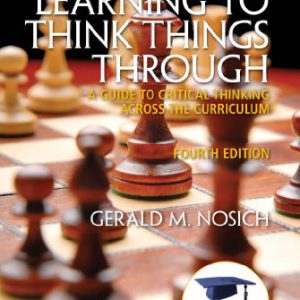
Product details:
- ISBN-10 : 0137085141
- ISBN-13 : 978-0137085149
- Author: Gerald Nosich
For Freshman Orientation or Critical Thinking courses as well as a supplementary text for use in any subject-matter at any educational level. This concise, effective guide is designed to help students learn to think critically in any subject-matter.
Learning to Think Things Through presents a combination of instruction and exercises that shows the reader how to become active learners rather than passive recipients of information, use critical thinking to more fully appreciate the power of the discipline they are studying, to see its connections to other fields and to their day-to-day lives, and to maintain an overview of the field so they can see the parts in terms of the whole. The model of critical thinking (used throughout the book) is in terms of the elements of reasoning, standards, and critical thinking processes. This model is well-suited to thinking through any problem or question. The 4th edition reflects streamlined writing, with changes and substantial edits on virtually every page.
Table of contents:
Chapter 1. What Is Critical Thinking?
Some Definitions of Critical Thinking. Some Prominent Features of Critical Thinking. Three Parts of Critical Thinking. What Critical Thinking IsNot. Impediments to Critical Thinking. Deeper, More Pervasive Impediments to Critical Thinking. How Deep Is Our Need for Critical Thinking? The Experience of Learning to Think Things Through. Getting Started: Clarifying with SEE-I. An Overview of the Book That Lies Ahead.
Chapter 2. The Elements of Reasoning.
The Nuts and Bolts of Critical Thinking. The Elements of Reasoning. Three Additional Elements of Reasoning. How to Analyze a Piece of Reasoning Using the Elements. Example: Thinking Through the Logic of Getting Married. Trusting the Process.
Chapter 3. What Is Critical Thinking Within a Field or Discipline?
Definitions and Parts of Critical Thinking: Applied to a Field. Thinking Biologically, Thinking Sociologically, Thinking Philosophically, Thinking Musically … The Logic of the Field or Discipline. Learning the Vocabulary of the Discipline. Fundamental and Powerful Concepts. The Point of View of the Discipline. Impediments to Thinking Critically Within a Discipline. Trusting the Discipline.
Chapter 4. Standards of Critical Thinking.
Clearness. Accuracy. Importance, Relevance. Sufficiency. Depth and Breadth. Precision. Understanding and Internalizing Critical-Thinking Standards. Additional Critical-Thinking Standards. Non-Critical-Thinking Standards. Evaluating Around the Circle of Elements. Critical Reading.
Chapter 5. Putting It All Together: Answering Critical-Thinking Questions.
The Core Process of Critical Thinking. How DoYouFit into the Picture: Becoming a Critical Thinker. Thinking Through Important Critical-Thinking Questions. Critical Writing: Using the Core Process to Write a Paper
Responses to Starred Exercises.
Critical-Thinking responses are provided for exercise questions that can be generalized to thinking critically inanydiscipline.
Title tag
Master Critical Thinking Skills with Our Comprehensive Curriculum Guide
Enhance Your Intellectual Toolkit – Discover Our Critical Thinking Curriculum
Unlock the Power of Analytical Thinking Across the Curriculum
You may also like…
Politics & Philosophy - Anthropology
Uncategorized
Uncategorized
Uncategorized


